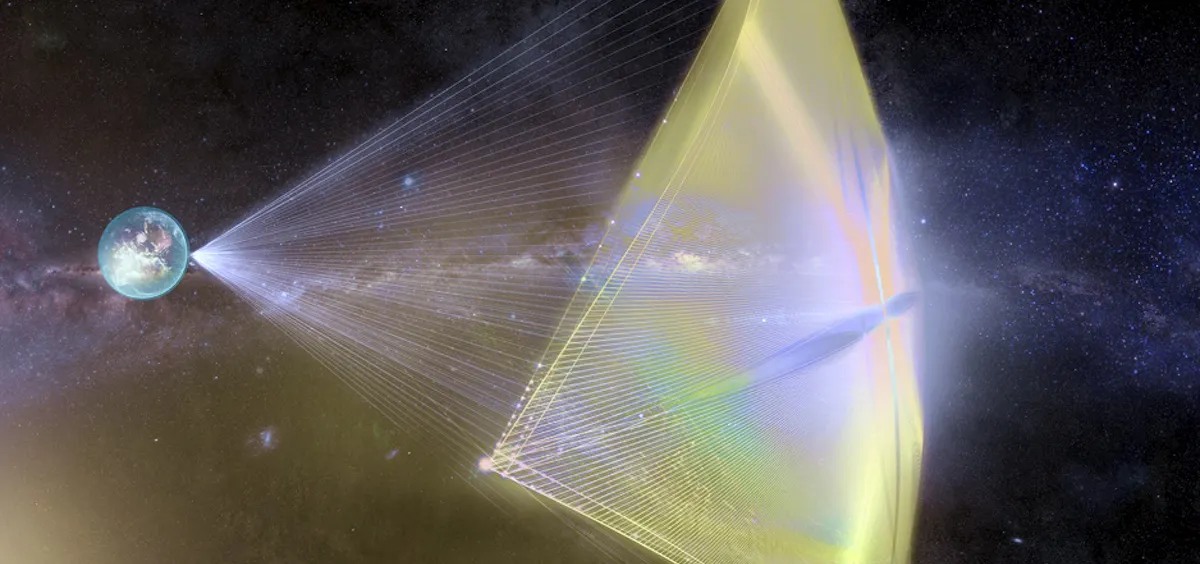The secrets of aging, AI police station, contacting aliens and Hawking’s Starshot: It’s Tech Thursday
Each Thursday, The World of Chinese takes the most ground-breaking, impressive, or just plain weird technological advancements related to the Middle Kingdom and serves them in bite-sized chunks to keep you up-to-date on the latest news in the world of Chinese technology.
Robocop shop
A police station in Wuhan is planning to use AI to boost its policing capabilities. In practice, this will involve increased use of facial recognition technology, as well as driving simulators. People visiting the station need not need carry ID and can instead simply make use of facial scanners to report crime. It is also set to be open 24/7.
Still no actual robots, though.
Will China make first contact with aliens?
This is the premise behind a lengthy Atlantic feature which looks at the progress made by international efforts at the Search for Extraterrestrial Intelligence (SETI) worldwide, and focuses on China’s FAST telescope project—the biggest of its kind. It also includes interviews with Liu Cixin, China’s foremost science-fiction author
Hawking suggests starshot for China
Physics giant Stephen Hawking has been working on a “Starshot” program to create a tiny spacecraft that harnesses solar energy in space, and uses it to gradually accelerate to superfast speeds (up to 20 percent of the speed of light). The goal would be to get it to the nearest star—aside from our own sun of course—Alpha Centauri, within 20 years (Alpha Centauri is 4.37 light years away).
China is shaping up to be a key participant in the Starshot program, with key executives speaking positively of China’s involvement. The technology isn’t there yet and the project would require an impressive solar “sail” to collect the energy (as well as laserbeams!) but the project is among the most realistic designs created so far to produce vessels that could move at that kind of speed.
Xiong’an to be AI city?
With Beijing under stress from mass migration, the government last year announced the creation of the Xiong’an Economic Zone, which will take some of the load off by decentralizing many of Beijing’s governmental functions. The idea is to move key departments and possibly even industries from Beijing to the nearby Xiong’an, which has more (i.e. some) water sources.
A recent announcement indicates that Xiong’an will be an “AI” city, but given the lack of specifics on what that actually means, perhaps it’s best to take the feel-good buzzword-heavy announcement with a grain of salt. Many of China’s much ballyhooed eco-cities have never materialized.
Unlocking the secrets of aging
The reasons for aging are still a mystery in many ways. Yes, of course, it’s related to time, but why do the health effects, saggy skin and ultimately death strike people at all different times? In an effort to figure out more about why cells age they way they do, Chinese researchers have been looking at a tiny, millimeter-long organism which shows clear, rapid signs of aging. In this particular creature, they found the genes which seemed to regulate aging. The question now, is whether the situation is similar in other organisms—specifically humans
Picture shows a concept image of a laser array which would propel the Starshot vessel. Image via the Discovery Magazine blog












